
Blog
The Heartbeat of Cultures: Best 30 Festivals Around the World

Festivals around the world are an integral part of human culture, providing unique insights into traditions, history, and values. These vibrant celebrations often involve music, dance, food, and rituals that bring communities together. This article explores a variety of festivals around the world, organized by continent, highlighting their origins, activities, and significance.
festivals around the world: Asia
Diwali (India)

festivals-around-the-world-diwali-indian
Diwali, the Festival of Lights, is one of the most significant Hindu festivals. Celebrated in October or November, Diwali marks the victory of light over darkness and good over evil. During this festival, homes are illuminated with oil lamps, and colorful rangoli designs adorn doorsteps. Fireworks light up the sky, symbolizing the celebration of inner light and the removal of spiritual darkness. Families gather to exchange gifts and sweets, enjoy festive meals, and participate in prayers and rituals, making it a time of joyous reunion and spiritual renewal.
Lunar New Year (East Asia)

festivals-around-the-worldlunar-new-year-east-asia
Lunar New Year, also known as the Spring Festival, is celebrated in many East Asian countries, including China, Vietnam (Tết), Korea (Seollal), Malaysia, Singapore, and Indonesia. This important holiday marks the start of the lunar new year and typically occurs between January 21 and February 20.
In China, celebrations include dragon and lion dances, lantern festivals, fireworks, and family reunion dinners featuring symbolic dishes. In Vietnam, Tết involves ancestral worship, giving lucky money to children, and eating special foods like bánh chưng (square rice cakes). In Korea, Seollal is marked by family gatherings, ancestral rites, and traditional games like Yut Nori, along with eating tteokguk (rice cake soup).
In Malaysia and Singapore, the festivities include vibrant parades, fireworks, lion dances, and exchanging red packets of money for good luck. In Indonesia, celebrations often feature traditional performances, temple visits, and feasting on festive foods.
The celebrations include dragon and lion dances, lantern festivals, and fireworks. Families gather for reunion dinners, sharing symbolic dishes that promise prosperity and happiness for the year ahead. Red envelopes containing money are given to children for good luck, and homes are adorned with red decorations and couplets to ward off evil spirits and invite good fortune.
Holi (India)
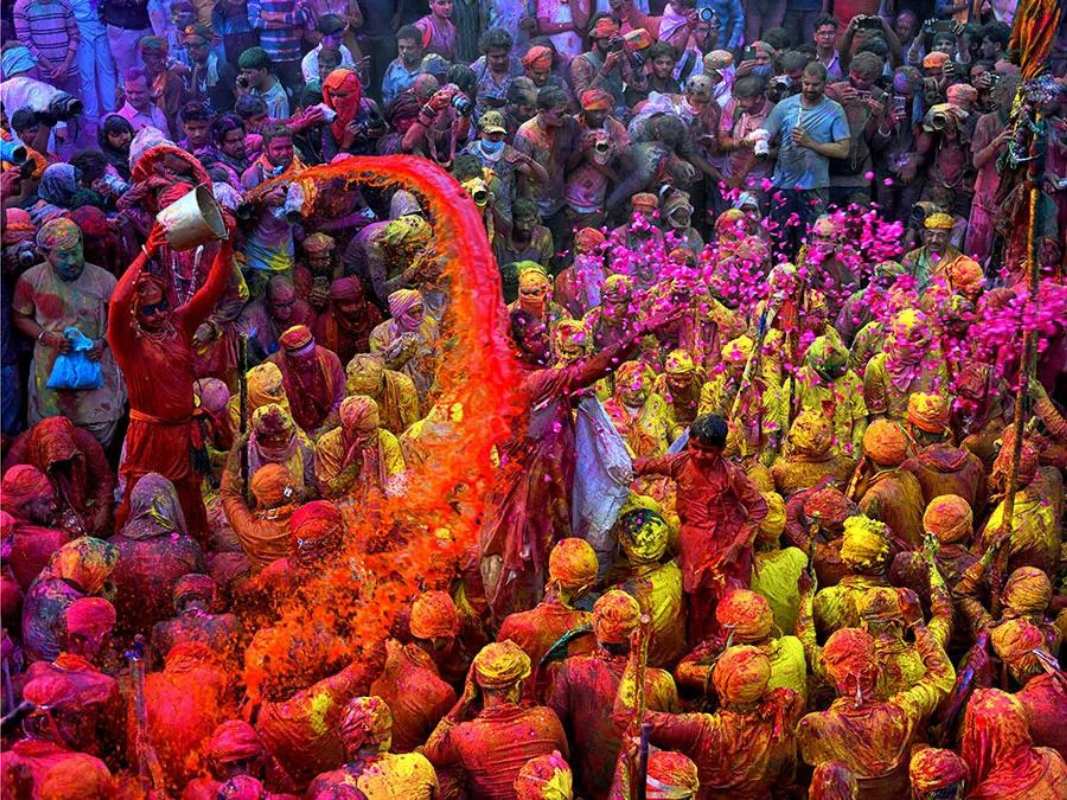
Holi, the Festival of Colors, is a joyous celebration marking the arrival of spring and the triumph of good over evil. Celebrated in March, Holi sees participants throwing colored powders and water at each other, transforming streets into vibrant, multi-colored spectacles. The night before Holi, bonfires are lit to commemorate the burning of Holika. The festival fosters a sense of unity and joy, breaking down social barriers and encouraging the renewal of friendships and relationships.
Mid-Autumn Festival (East Asia)

The Mid-Autumn Festival, also known as the Moon Festival, is celebrated in many East Asian countries, including China, Vietnam, Korea, Japan, Malaysia, and Singapore. Held on the 15th day of the eighth lunar month, usually in September or October, it marks the harvest season and is a time for family reunions.
In China, people enjoy mooncakes, light lanterns, and have moon-viewing parties. In Vietnam, it is called Tết Trung Thu and features lion dances, children’s lantern parades, and special treats like mooncakes and fruits. In Korea, known as Chuseok, families honor their ancestors with memorial services, visit their ancestral hometowns, and feast on traditional foods such as songpyeon (rice cakes). In Japan, Tsukimi involves moon-viewing parties with offerings of rice dumplings and seasonal produce, and enjoying the beauty of the full moon.
In Malaysia and Singapore, the festival is celebrated with lantern processions, cultural performances, and mooncakes. It is a time for families and communities to come together to celebrate the harvest and give thanks.
The festival symbolizes unity, prosperity, and the celebration of the moon’s beauty.
Songkran (Thailand)

Songkran, the Thai New Year, is celebrated with great enthusiasm from April 13 to 15. Known for its water festival, Songkran symbolizes the cleansing and renewal of life. During this time, people engage in friendly water fights, visit temples to offer food to monks, and pour water over Buddha statues for good luck. Songkran is also a time for family reunions and paying respect to elders by pouring water over their hands.
Hanami (Japan)

Hanami, celebrated in March and April, is the Japanese tradition of appreciating the transient beauty of cherry blossoms. People gather under blooming cherry trees for picnics and parties, enjoying food, drinks, and the serene ambiance created by the delicate pink flowers. This festival highlights the Japanese appreciation for nature’s fleeting beauty.
festivals around the world: Europe
Oktoberfest (Germany)

Oktoberfest, held annually in Munich, Germany, is the world’s largest beer festival, attracting millions of visitors each year. Originating in 1810 to celebrate the marriage of Crown Prince Ludwig and Princess Therese, it has since evolved into a global celebration of Bavarian culture. The festival runs from late September to the first weekend in October and features large beer tents, traditional German attire, parades, and a carnival atmosphere with rides and games. Visitors enjoy Bavarian beer, hearty foods like pretzels, sausages, and roast chicken, and the sounds of traditional Bavarian music. Oktoberfest is a vibrant showcase of German hospitality and tradition, drawing people from around the world to partake in its festivities.
La Tomatina (Spain)

La Tomatina, held in Buñol, Spain, is a unique festival where participants engage in a massive tomato fight. Its origins are somewhat unclear, but it began in the mid-20th century as a spontaneous act of playful mischief. Held on the last Wednesday of August, the event attracts thousands of people who throw ripe tomatoes at each other in the town’s streets. The festival begins with a competition to climb a greased pole to retrieve a ham, followed by the hour-long tomato fight. After the event, the streets are washed down, leaving Buñol clean and ready for another year. La Tomatina is a joyful and energetic celebration of pure, unadulterated fun.
Running of the Bulls (Spain)

The Running of the Bulls is a thrilling and dangerous event held in Pamplona, Spain, as part of the San Fermín festival. Originating from medieval times and popularized by Ernest Hemingway’s novel “The Sun Also Rises,” the festival takes place from July 6 to 14. Each morning, participants run in front of bulls that are released onto a course through the town’s streets. The run is followed by traditional festivities, including bullfights, music, dance, and religious ceremonies. The event attracts spectators and thrill-seekers from around the world, eager to experience its unique blend of excitement and cultural heritage.
Venice Carnival (Italy)

The Venice Carnival is a world-famous festival known for its elaborate masks and costumes. Dating back to the 12th century, the carnival traditionally marks the beginning of Lent. Held in February, the event includes grand balls, parades, street performances, and masquerade contests. The masks are a symbol of the festival, allowing participants to conceal their identities and enjoy a sense of freedom and mystery. The Venice Carnival is a vibrant celebration of Venetian culture and history, attracting visitors from around the globe.
Up Helly Aa (Scotland)

Up Helly Aa is a fire festival held in Lerwick, Shetland, marking the end of the Yule season. Originating in the 19th century, it celebrates Shetland’s Viking heritage. Held on the last Tuesday of January, the festival features a torch-lit procession and the burning of a Viking longship. Participants, known as guizers, dress in Viking costumes and march through the streets, culminating in a spectacular bonfire. Up Helly Aa is a unique celebration of history and community spirit.
St. Patrick’s Day (Ireland)

St. Patrick’s Day, celebrated on March 17, honors the patron saint of Ireland. The day is marked by parades, wearing green attire, and public festivals featuring Irish music, dance, and food. In Dublin, the celebration includes a grand parade with colorful floats and performers. The day is also observed globally by the Irish diaspora, making it a widespread cultural festival.
Bastille Day (France)

Bastille Day, celebrated on July 14, commemorates the French Revolution and the storming of the Bastille prison in 1789. The day features a grand military parade on the Champs-Élysées, fireworks, parties, and concerts. It is a symbol of French national pride and unity, celebrated with enthusiasm throughout the country.
festivals around the world: North America
Mardi Gras (USA)
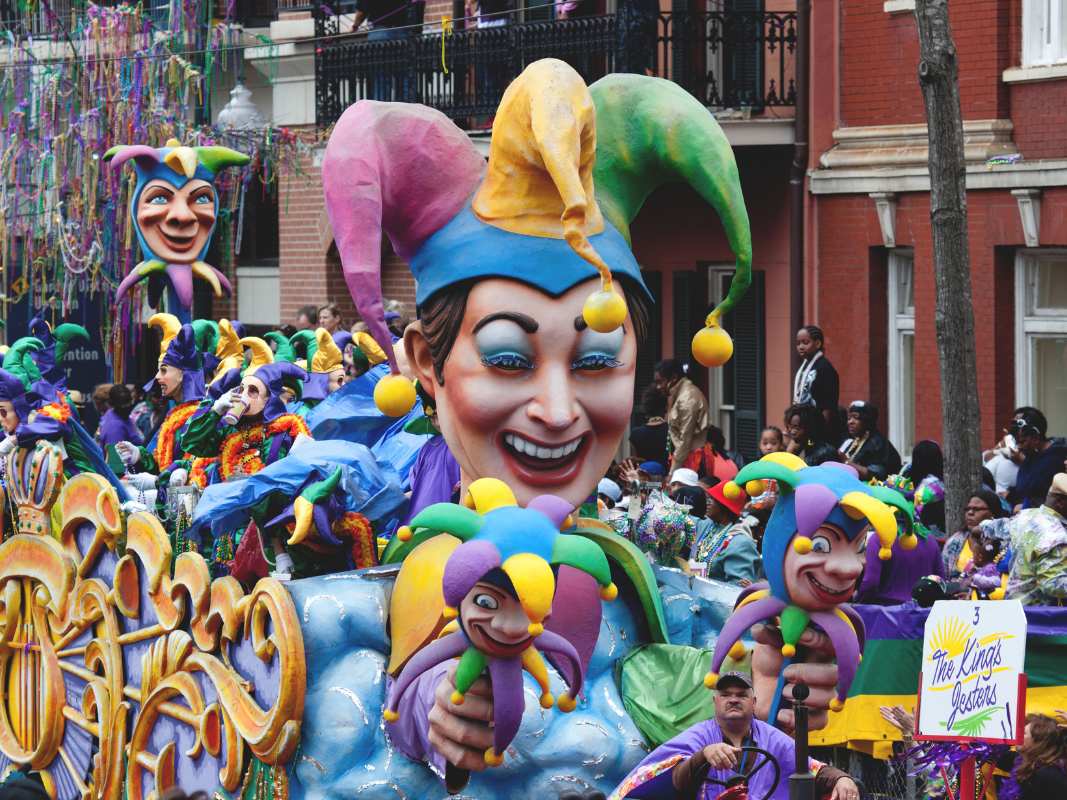
Mardi Gras, or Fat Tuesday, is a famous festival in New Orleans, Louisiana, with roots in French and Spanish colonial traditions. Celebrated in February or March, depending on the date of Easter, Mardi Gras features vibrant parades, masquerade balls, and street parties. The festival is known for its colorful floats, elaborate costumes, and the throwing of beads and trinkets to the crowds. King cakes, jazz music, and the crowning of a Mardi Gras king and queen are also integral parts of the celebration, making it a time of indulgence and revelry before the solemnity of Lent.
Day of the Dead (Mexico)
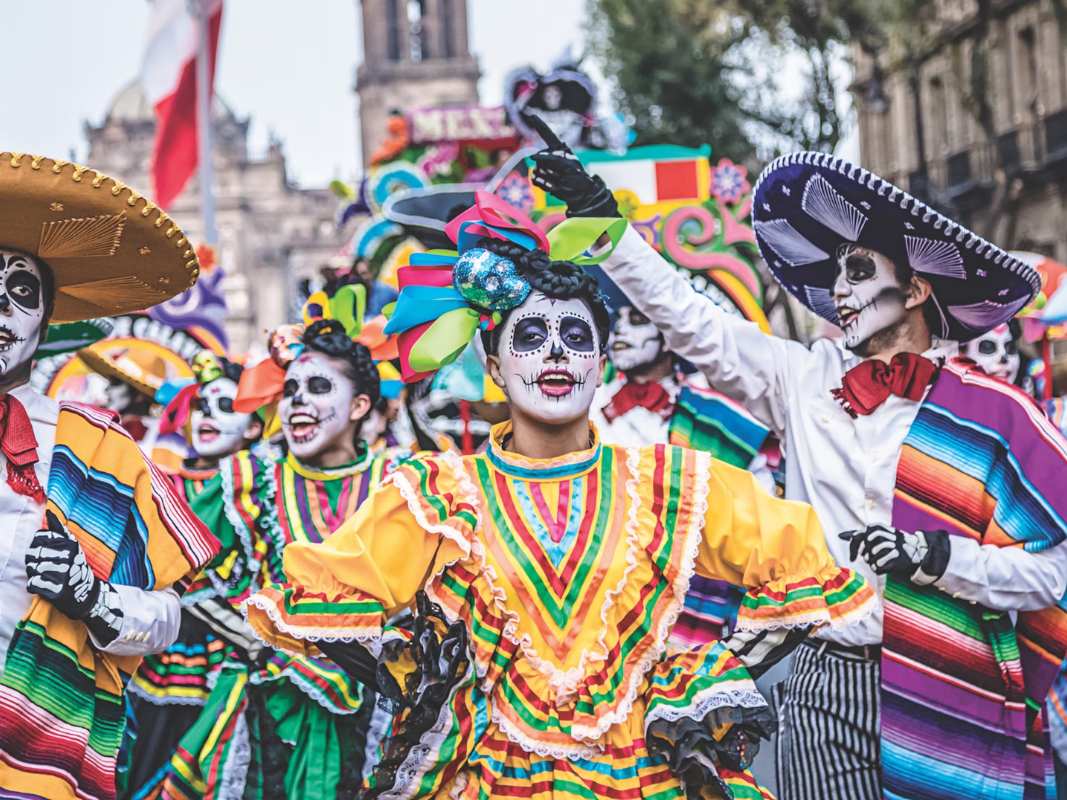
Día de los Muertos, or Day of the Dead, is a Mexican festival that honors deceased loved ones, blending indigenous Aztec rituals with Catholic traditions. Celebrated on November 1 and 2, it is a time for families to remember and celebrate the lives of those who have passed away. Altars, or ofrendas, are created with photos, favorite foods, and mementos of the deceased. Marigolds, sugar skulls, and candles are used to decorate graves and altars. The festival is a vibrant and colorful event, featuring parades, music, and traditional dances, reflecting the Mexican belief in the continuity of life.
Burning Man (USA)

Burning Man, held in the BlackRock Desert of Nevada at the end of August, is known for its art installations, theme camps, and the burning of a large wooden effigy. The festival emphasizes community, self-expression, and self-reliance. Participants, known as “Burners,” create a temporary city dedicated to art and creativity. The event concludes with the burning of “The Man,” a large wooden structure, symbolizing the release of the old and the celebration of new beginnings.
Calgary Stampede (Canada)

The Calgary Stampede, held annually in Calgary, Alberta, is known as “The Greatest Outdoor Show on Earth.” Taking place in July, the event features a world-renowned rodeo, exhibitions, concerts, parades, and agricultural competitions. The Stampede showcases Western heritage and culture, attracting over a million visitors each year.
festivals around the world: South America
Rio Carnival (Brazil)
Carnival in Brazil is one of the world’s most famous festivals, renowned for its vibrant parades, samba music, and elaborate costumes. Celebrated in February or March, depending on the date of Easter, Carnival is a time of exuberant celebration before the start of Lent. The most famous celebration takes place in Rio de Janeiro, where samba schools compete in the Sambadrome with spectacular floats and dancers. The festival also includes street parties, known as blocos, where people dance and enjoy music throughout the cities.
Inti Raymi (Peru)

Inti Raymi, or the Festival of the Sun, is an ancient Incan festival celebrated in Cusco, Peru. Originating in the 15th century, it honors the Inca sun god, Inti. Held on June 24, the winter solstice in the Southern Hemisphere, the festival includes traditional music, dances, and elaborate reenactments of Incan ceremonies. Participants wear colorful costumes and gather at the historic site of Sacsayhuamán to celebrate the sun and pray for a good harvest. Inti Raymi is a vibrant and spiritual event that attracts thousands of visitors to Cusco each year.
Carnival of Oruro (Bolivia)

The Carnival of Oruro, held in February or March, is a UNESCO-recognized festival known for its vibrant costumes, music, and dances. The event combines indigenous Andean and Catholic traditions, featuring parades of masked dancers and musicians who perform traditional folk dances. The highlight is the Diablada, or Dance of the Devils, a colorful and elaborate performance.
Semana Santa (Guatemala)

Semana Santa, or Holy Week, is celebrated in Antigua, Guatemala, with elaborate processions and alfombras, colorful carpets made of sawdust and flowers that line the streets. Held in the week leading up to Easter, the festival commemorates the Passion, Death, and Resurrection of Jesus Christ. The processions feature life-sized religious statues carried on wooden platforms, accompanied by incense and traditional music.
Pachamama Raymi (Peru and Bolivia)
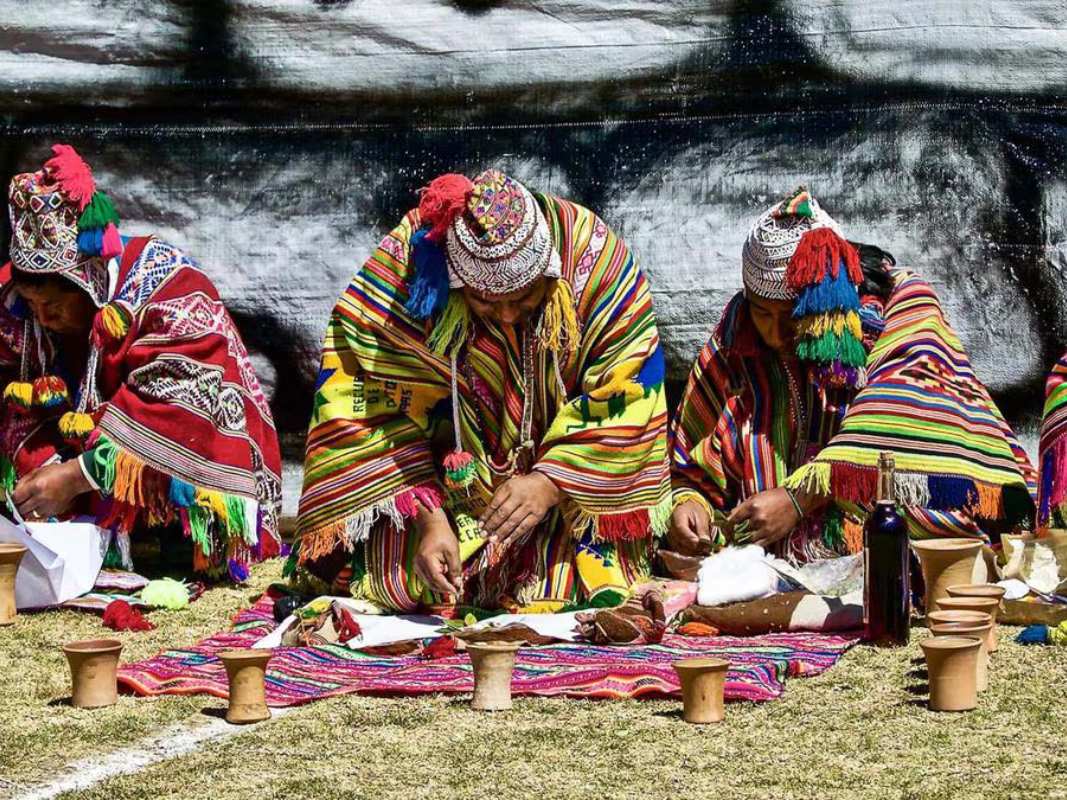
Pachamama Raymi, or the Festival of Mother Earth, is celebrated in August in the Andean regions of Peru and Bolivia. The festival honors Pachamama, the goddess of the earth, fertility, and harvest. Traditional ceremonies involve offering food, coca leaves, and chicha (a fermented drink) to the earth as a gesture of gratitude and respect. The celebrations also include music, dancing, and community feasts.
festivals around the world: Africa
Timkat (Ethiopia)
Timkat, or Epiphany, celebrated in Ethiopia on January 19, marks the baptism of Jesus in the Jordan River. The festival features processions, church services, and reenactments of the baptism, reflecting Ethiopian Orthodox Christian traditions. People gather at nearby bodies of water for blessings, and the event is characterized by colorful umbrellas, religious chants, and traditional attire. The festival emphasizes spiritual renewal and communal unity.
Festival of the Sahara (Tunisia)

The Festival of the Sahara, held in Douz, Tunisia, in December, celebrates desert culture with camel races, traditional music and dance, poetry readings, and displays of horsemanship. This festival brings together various desert tribes, showcasing their unique customs and lifestyle. Visitors can experience traditional Bedouin tents, sample local cuisine, and enjoy folklore performances, offering a glimpse into the rich cultural heritage of the Sahara region.
Fête du Vodoun (Benin)

Fête du Vodoun, celebrated in Benin on January 10, honors the traditional Vodoun (Voodoo) religion. The festival features rituals, drumming, dancing, and colorful ceremonies to pay homage to the spirits and deities of Vodoun. Participants wear elaborate costumes and masks, and ceremonies often involve offerings and sacrifices. The festival is a vibrant display of Benin’s cultural and spiritual heritage.
Lake of Stars Festival (Malawi)

The Lake of Stars Festival, held annually on the shores of Lake Malawi in September, is a vibrant celebration of African music, arts, and culture. The festival attracts artists and visitors from around the world, featuring live music performances, art installations, workshops, and cultural activities. The festival not only promotes Malawian culture but also contributes to local tourism and economic development.
Mombasa Carnival (Kenya)

Mombasa Carnival, held annually in November, is the largest festival in Kenya, celebrating the country’s diverse cultures and heritage. The carnival features colorful parades, traditional dances, music performances, and cultural displays from various Kenyan communities. Floats, costumes, and street performances make the event a vibrant and lively celebration of Kenyan culture.
Gerewol Festival (Niger)

The Gerewol Festival, celebrated by the Wodaabe people in September, is a traditional courtship ritual and beauty contest. During the festival, young men dress in elaborate costumes and perform dances to attract potential brides. The event includes singing, dancing, and displays of endurance, reflecting the rich cultural traditions of the Wodaabe. The festival is a unique and colorful celebration of love and beauty.
festivals around the world: Oceania
Sydney New Year’s Eve (Australia)
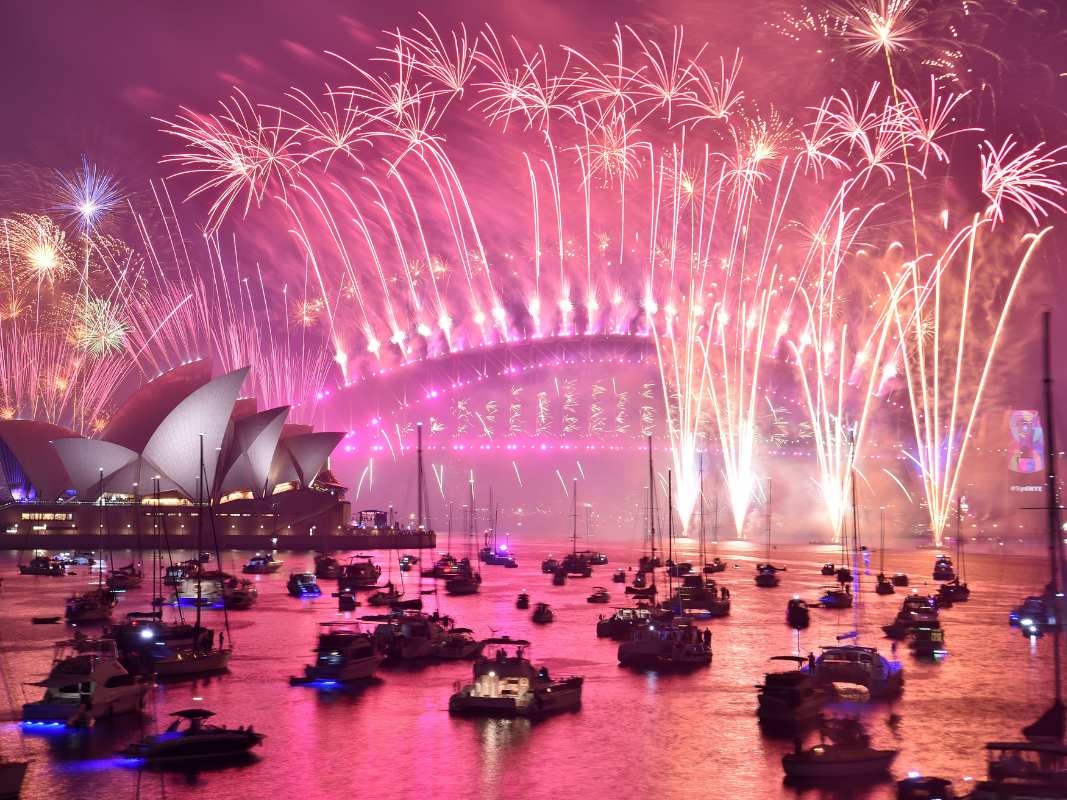
Sydney New Year’s Eve, celebrated on December 31, features a grand display of fireworks over Sydney Harbour, including the iconic Sydney Opera House and Harbour Bridge. The event attracts millions of viewers both locally and globally. Festivities include live music performances, boat parades, and family-friendly activities. The fireworks display is renowned for its scale and beauty, making it one of the most watched New Year’s Eve celebrations in the world.
Pasifika Festival (New Zealand)

The Pasifika Festival, held in March in Auckland, celebrates the diverse cultures of the Pacific Islands. The event features traditional music, dance, crafts, and food from various Pacific Island nations. It is a vibrant display of cultural heritage and community spirit, with performances and activities that highlight the unique traditions of the Pacific Islands. Visitors can enjoy cultural showcases, workshops, and market stalls offering island cuisine and handmade crafts.
Te Matatini (New Zealand)
Te Matatini, the national kapa haka festival of New Zealand, is held every two years and celebrates Māori culture through traditional performance arts. The festival features competitions in kapa haka, which includes singing, dancing, and haka (war dance). It is a significant event for Māori communities, bringing together performers from all over the country. Te Matatini showcases the richness of Māori culture and provides a platform for preserving and promoting traditional arts.
Festivals around the world offer a window into the rich tapestry of human culture, providing unique experiences and unforgettable memories. These celebrations not only bring joy and unity but also preserve and promote cultural heritage. At Kiricard, we celebrate the beauty and diversity of these global traditions through our exquisite pop-up cards.
Follow Our Blog for More Interesting News
Instagram | Facebook | TikTok | Pinterest
Stay connected with Kiricard! Follow our blog for more inspiration and creative ideas to make every occasion special. Join our community to stay updated with the latest trends and tips. Whether you’re celebrating a special occasion or simply want to brighten someone’s day, Kiricard has the perfect card for every moment.


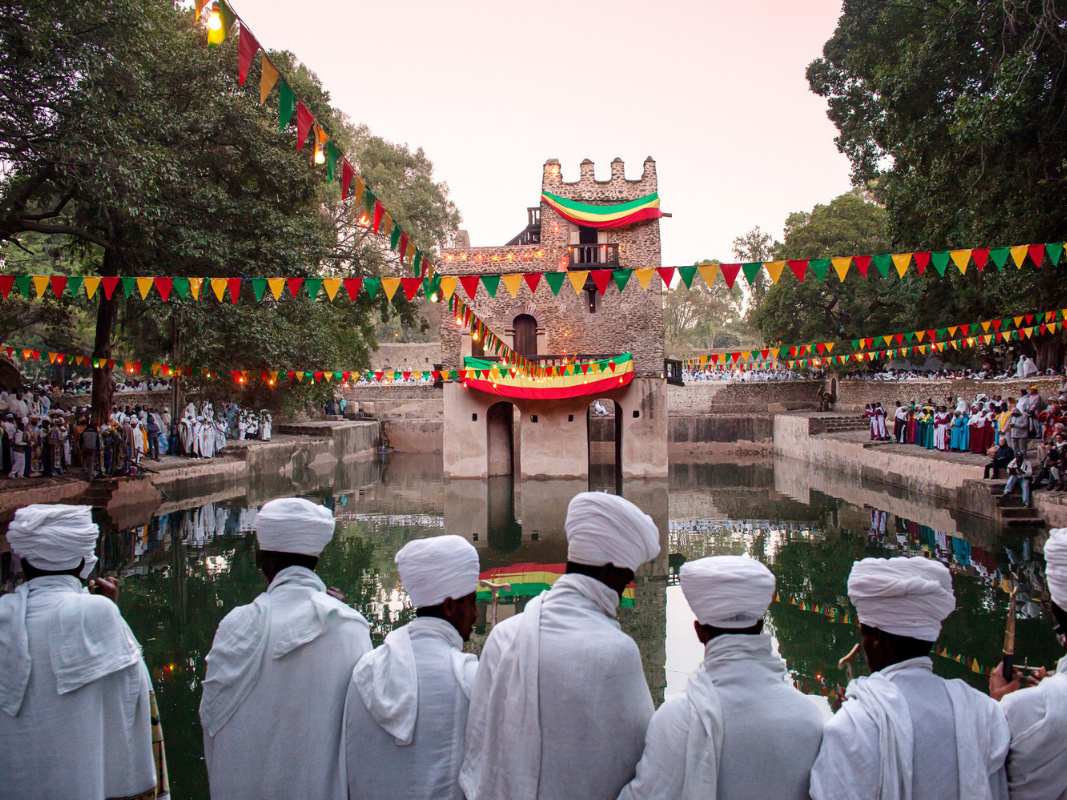





 Christmas
Christmas Father’s Day
Father’s Day Valentine’s Day
Valentine’s Day Easter
Easter Thanksgiving
Thanksgiving Halloween
Halloween
 Birthday
Birthday Wedding
Wedding Anniversary
Anniversary Graduation
Graduation Baby Shower
Baby Shower House Warming
House Warming
 For Him
For Him For Her
For Her For Kids
For Kids
 Floral
Floral Animals
Animals Trees
Trees Architecture
Architecture Vehicle
Vehicle LGBTQ+
LGBTQ+ Just Because
Just Because
 Pop-up Box
Pop-up Box Pop-up Stand
Pop-up Stand